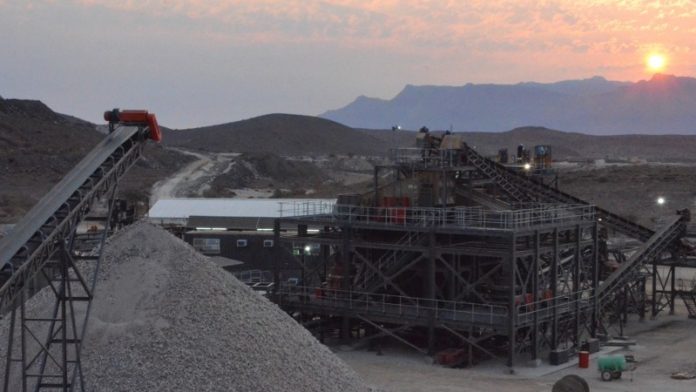
AIM-listed Afritin – which operates the Uis mine in Namibia – beat its quarterly production for the three months to end-May and has started its Phase One expansion project.
According to CEO Anthony Viljoen this expansion phase will also unlock “the exciting significant lithium and tantalum by-product potential we have across our extensive resource base.
“We believe that the Damara Belt has huge unexplored potential to become a new technology metallogenic province of global significance.”
Viljoen added, “metallurgical test work at Uis to produce separate tantalum and petalite concentrate by-products is on-going. The company continues to investigate the suitability of its petalite for the production of ceramic-grade and battery-grade lithium products.”
Afritin has also approved the definitive feasibility study for the Phase 1 Stage 2 expansion which will potentially result in a 67% increase in tin concentrate production through a modular expansion of the current Phase 1 Stage 1 processing plant.
Afritin produced 183t of concentrate containing 114t of tin metal during the three months beating the production target of 180t of concentrate. This was despite lower plant availability because of power supply problems and unplanned breakdowns during March as well as lower feed grade because of natural grade variations in the mining area.
Viljoen stressed the plant production problems “can be regarded as extraordinary and did not reoccur during the remainder of the quarter.”
Afritin is expanding output at a time of soaring tin prices. SP Angel analyst John Meyer commented tin prices hit a new decade high of $31,501/t on Friday on the back of strong demand for electronics combined with production problems at major producer Malaysia Smelting Corporation (MSC) in Malaysia.
MSC last week declared force majeure on its tin supplies because of the sudden closure of its Butterworth smelter.
Meyer pointed out tin production fell to 330,000t last year from 360,000t in 2019 as “low prices failed to support much in the way of new production around the world.”
He added that “the tin market faces the potential for ongoing supply/demand deficit.”









